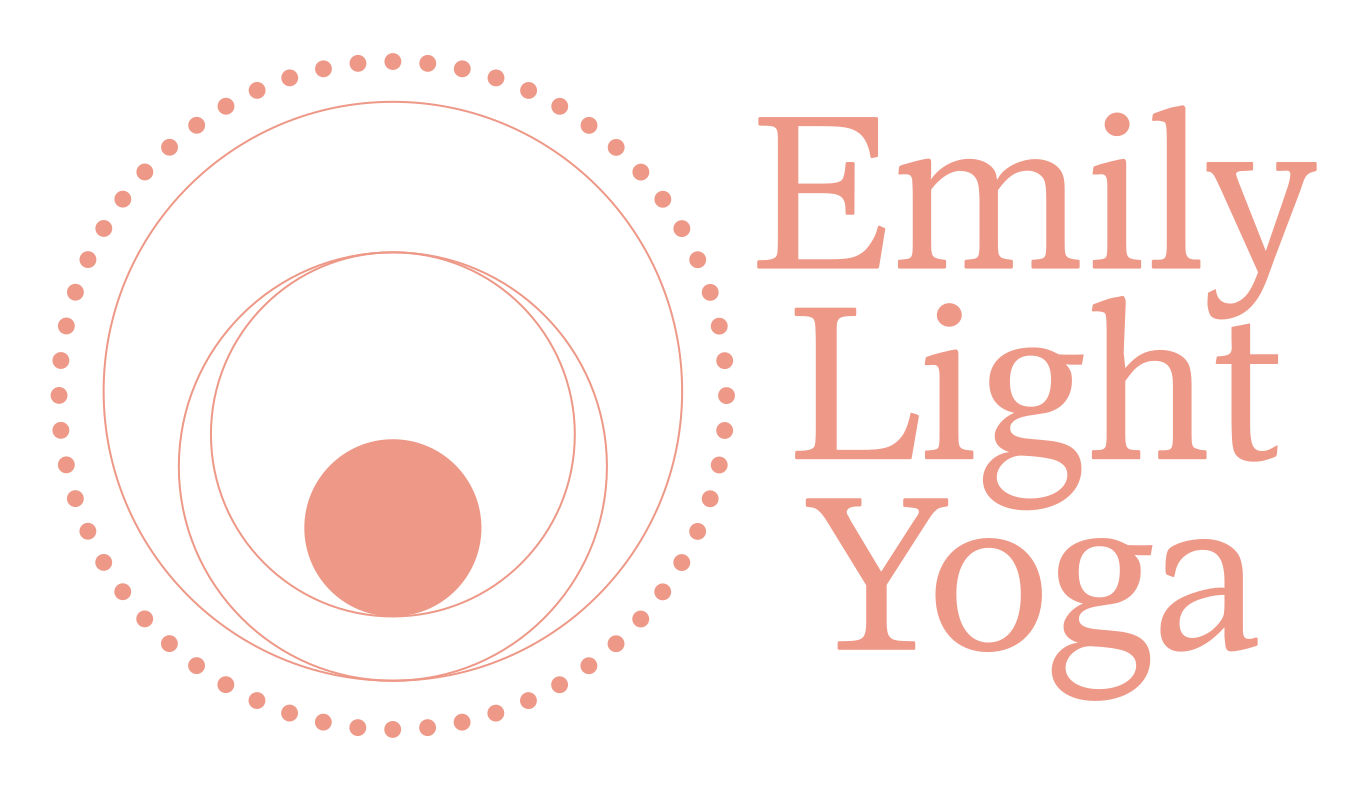How To Rock a Handstand
Handstand! One of the most elusive and enticing postures I've come across. There's something so, so sweet about balancing on my hands, and feeling all my muscles in precise orchestration. Handstand requires strength, balance, mobility, the right breath, state of mind and gaze point. There are several areas to consider when building a handstand practice:
Hand and Wrist strength and flexibility
Rotator Cuff and Chest mobility
Core strength
Hip Adductor strength
Gaze point
Breath
WRISTS
The wrists bear a lot of weight in yoga asana practice. It's important to properly warm up and cool down the hands and wrists, especially when practicing Handstand.
ROTATOR CUFF
The rotator cuff muscles, which form a girdle for the shoulder, need specific attention in Handstand. Of the three rotator cuff muscles, the infraspinatus and the teres minor are the two external rotators of the upper arm bone/humerus. We need to have the arms in external rotation in many postures, including Downward Facing Dog and Handstand. Include strengthening of those two muscles, and mobilizing of the internal rotators, the subscapularis and teres major.
CHEST
In order to get the arms next to the ears without moving into extension of the spine (a back bend), we need to mobilize the pectoralis muscles. Include chest opening postures too.
CORE
As the students that frequent my classes know, I love core work. Love! A mantra that I offer to students during their umpteenth breath in a core strengthener pose or exercise is, "The stronger my core, the easier my life will be". So true! Notice I didn't say, "The more ripped my six pack is, the easier my life will be". The rectus abdominus, the six pack muscle, is the most superficial of the abdominal muscles and isn't the star of the show when we’re thinking about strength for Handstand. Rather, the transverse abdominus is! The transvese is the deepest layer of abdominal tissue, which runs along the transverse or horizontal plane. It's action is to narrow the waist, like a corset.
HIP ADDUCTORS
The hip adductors are the group of inner leg muscles which draw the legs towards one another (adduction). When we're balancing, whether it's on the feet in a standing pose, or on the hands or forearms upside down, squeezing the thighs towards one another helps tremendously. This is something I learned way back in my dancing days, and still use as technique in my current Belly Dance training. We can squeeze the inner thighs towards one another and gain a whole lot of stability. So, think thigh master, in a yoga class, but not in 80's leotards, and not with an actual thigh master.
GAZE POINT
As for the gaze point or drishti, it's important for many reasons, where you focus your gaze. There are different places that are useful for different reasons, depending on what you need for your personal practice. Still eyes help to calm the mind, and help to maintain balance. You may first try taking your gaze between your hands. Once you’re up in Handstand, and you feel relatively steady, you may take your gaze toward the wall your front body is facing (let your neck relax and your head hang free).
BREATH
The breath is the foundation of any posture and I consider it the most important part of the posture. We can learn to breathe in a way that keeps the nervous system relatively calm, even in a demanding posture like Handstand. Experiment with this: try kicking up into your handstand on an inhalation, and on another round, while you’re exhaling. Notice if one is more useful than the other for you to find the power to get into this pose. Learn to breathe and you can learn to fly!

